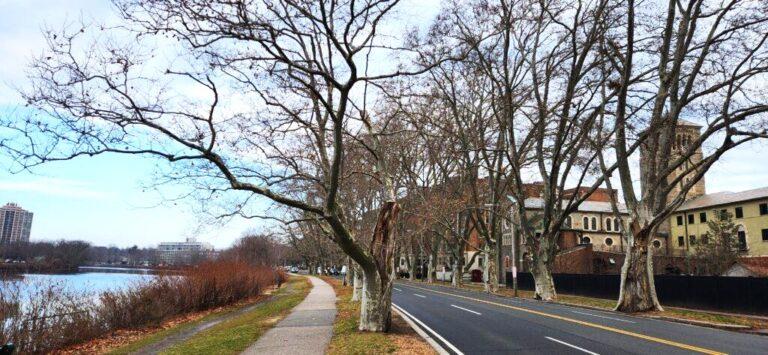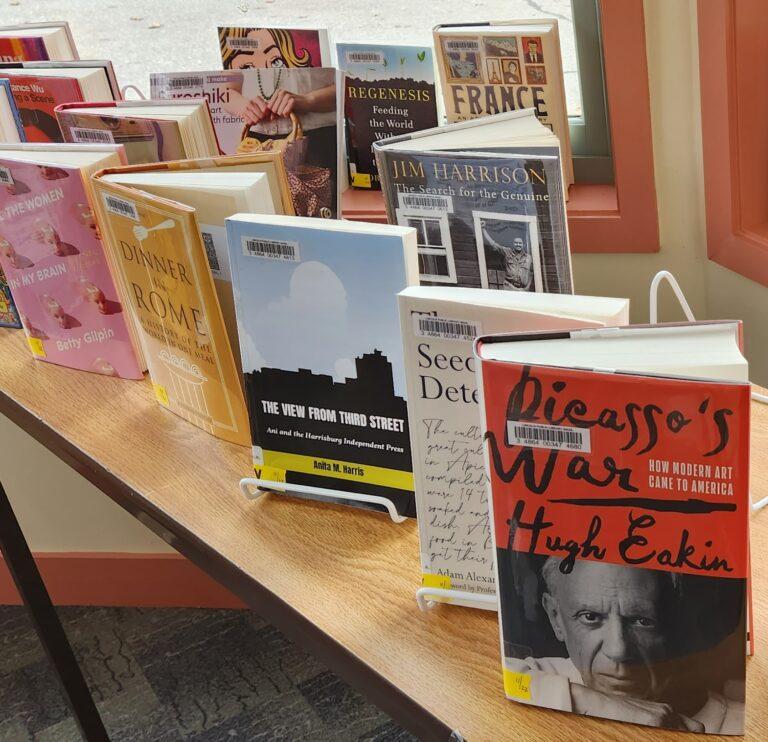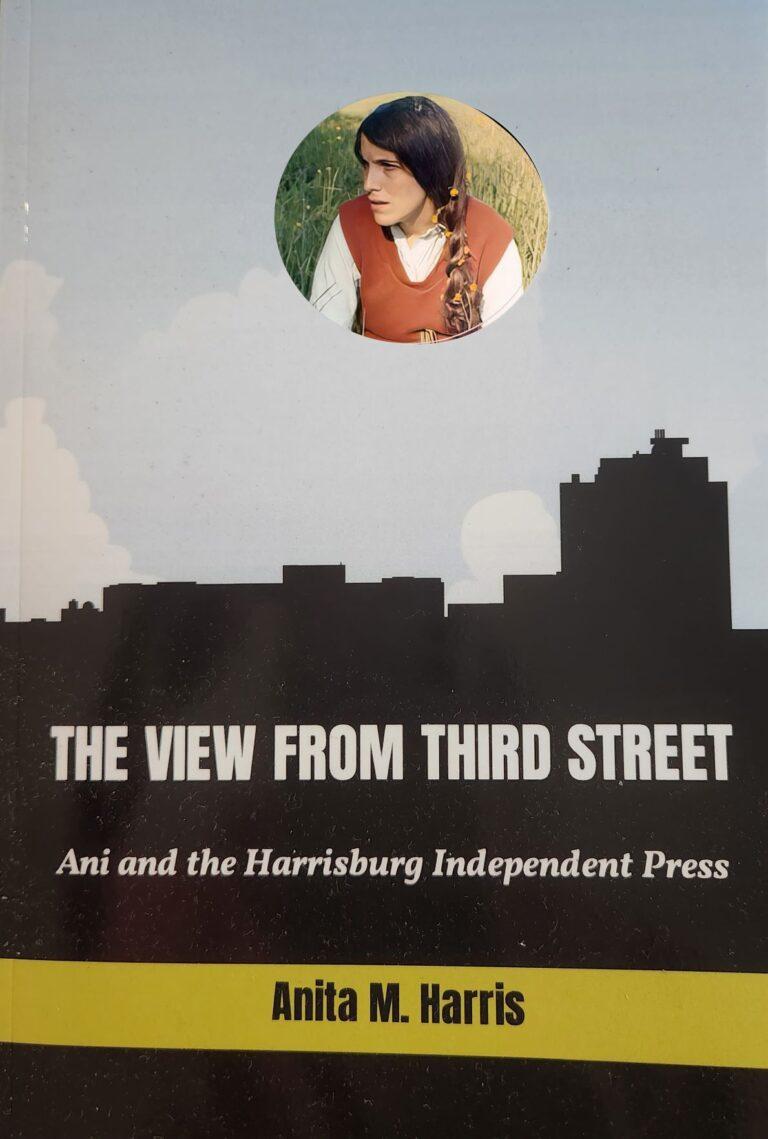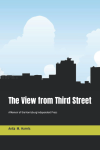Author Anita M. Harris, whose new book is about the founding of the Harrisburg Independent Press, urges...
new cambridge observer
On a gloomy day, writer/photographer Anita M. Harris finds beauty, new growth and hope on her morning...
Anita Harris is pleased that journalists Alison Bass, Steven Greenhouse and Alex S Jones like her new...
You are cordially invited to celebrate the launch of my new book! The View from Third Street...
The View From Third Street, Anita M. Harris' new memoir of the Harrisburg Independent Press, has...
The world was different then, no nuclear bombs, no television. Our excuse was that we didn’t know....





